Wondering about the best time to visit Portugal? We’re here for you!
If you have visions of exploring the colorful hilly streets of Lisbon, tasting port wine in the Douro Valley, or relaxing on the sunny beaches of the Algarve, the first step you need to take is deciding when to plan your vacation to Portugal. The time of year you choose can impact the experience you’ll have.
For example, do you want to spend time at the beach? How do you feel about crowds? Are you okay with extremely hot weather or do you prefer milder temperatures? Do you want to experience certain festivals or events? These are all important factors to consider when choosing the best time to visit Portugal.
Although it doesn’t have quite the same level of tourist numbers as France, Italy, or neighboring Spain (yet), Portugal is rapidly emerging as one of the leading travel destinations in Europe, and it falls within the top ten most visited countries in Europe.
The peak tourist season for Portugal is summer (June to August) while the rest of the year offers a respite from crowds. Our top picks for the best time to visit Portugal are late spring (May) or early fall (October) for the best combination of good weather and low crowds.
However, even if you can’t visit Portugal in late spring or early fall, you don’t have to worry. Portugal is a year-round destination and it can even be a great winter sun destination to escape to when much of Europe is cold and covered in snow.
You can determine the best time to visit Portugal using our season-by-season breakdown below.
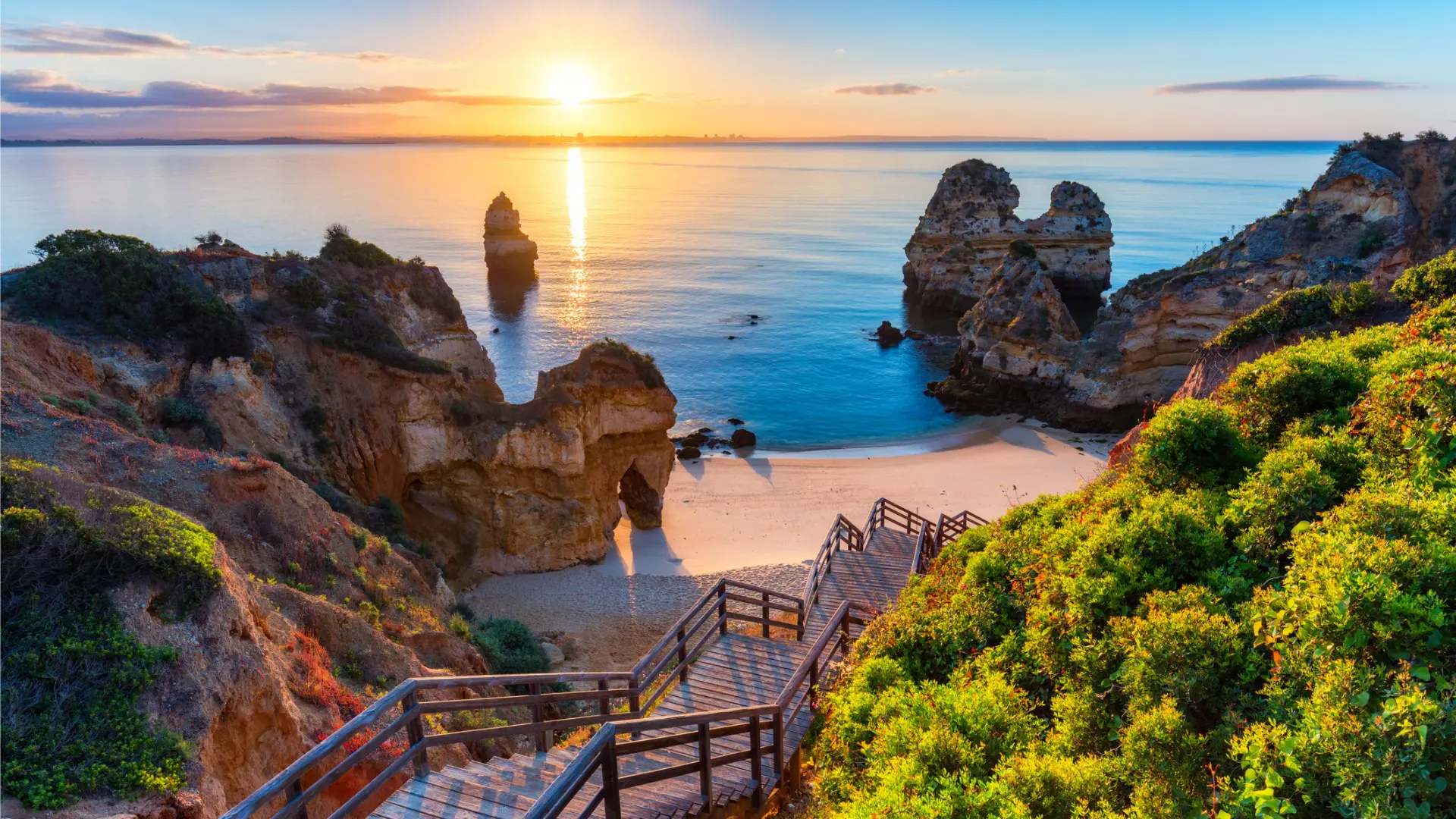
Jump to a section of this article
An Overview of Portugal’s Seasons
Portugal experiences all four seasons. That said, how mild or extreme the seasons are depends on which part of the country you visit.
Spring, which lasts from March to May, is a mild and pleasant time to visit Portugal. However, in the northern part of the country, it can still be quite cold.
Summer is the hottest time of year to visit Portugal and the prime tourist season. You’ll experience the hottest weather and highest crowds in the summer – especially in July and August. Yet, this is a great time to visit Portugal’s beaches. Many coastal areas have a nice ocean breeze year-round which mitigates the heat.
The further north you go, the cooler it is, even during the summer. For example, Porto might be several degrees cooler than Lisbon due to its location in the northern part of the country.
The months of September to November are fall in Portugal, and this is another excellent time to visit. September is usually very warm and sunny, but the summer crowds have tapered off a bit. October and November are cooler and feel more like fall.
Winter in Portugal lasts from December to February. Although this is the off-season, it can still be a lovely time to visit. But don’t get your expectations too high. It’s not like the Caribbean and you still might experience chilly weather. However, Portugal boasts mild winters, compared to much of the rest of Europe.
Here’s a further breakdown of each season in Portugal, including the advantages of visiting and the best destinations to add to your itinerary based on the season.
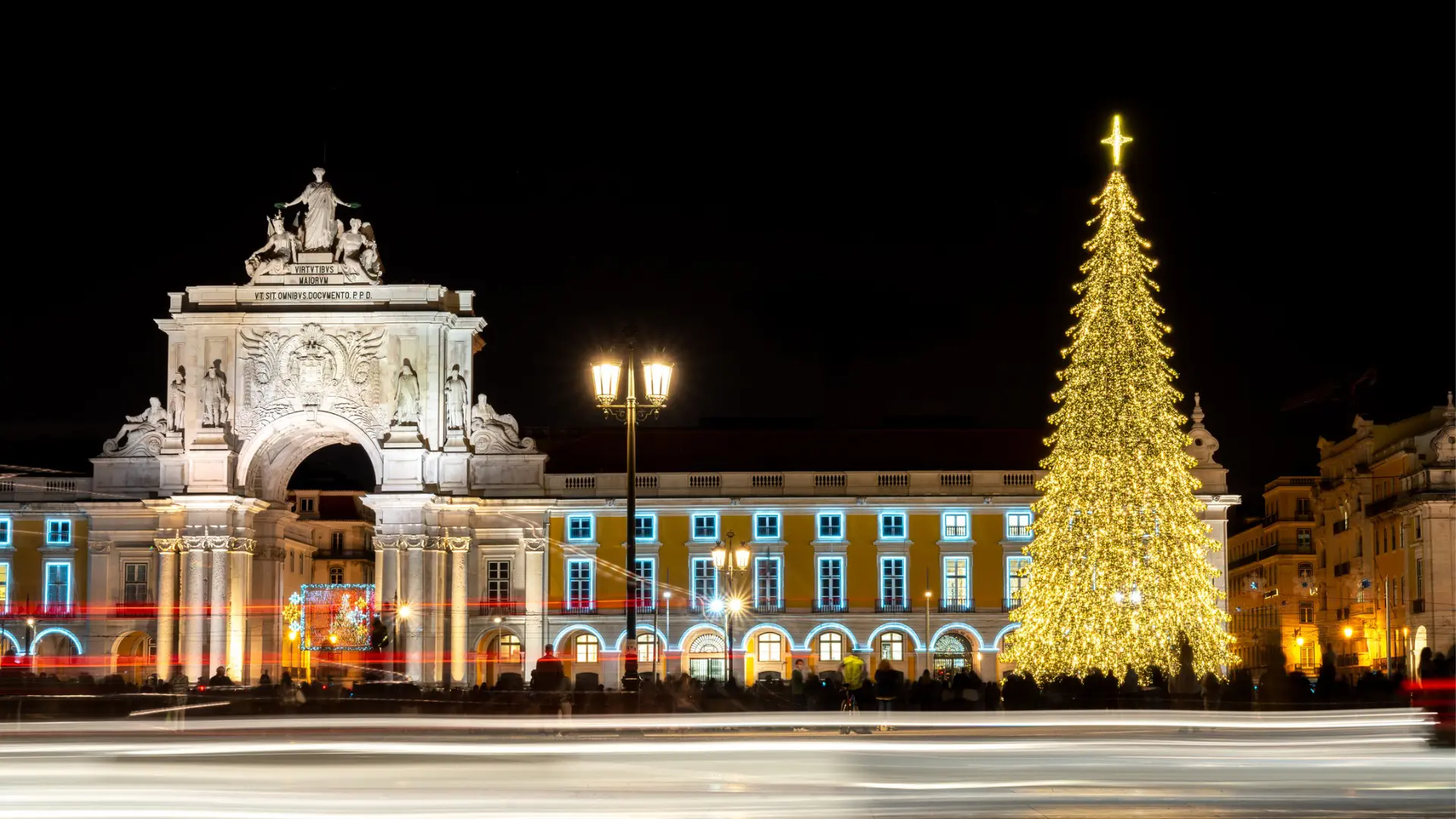
Spring in Portugal (March to May)
Spring is an excellent time of year to visit Portugal. The country is coming out of winter hibernation and everything is starting to bloom again. Crowds are not too bad and the weather is pleasant throughout the country.
Spring Weather & Climate in Portugal
The average high temperatures from March to May range from 62° F to 74° F. Average lows can be between 47° F and 58° F. The northern part of the country, including Porto and the Douro Valley, can still be colder at this time of year, while you will experience the warmest temperatures on the southern coast of the Algarve.
Advantages of Visiting Portugal in Spring
The advantages of visiting Portugal in the spring are fewer crowds and more manageable weather. Various celebrations start happening in Portugal in the spring, with the largest being Easter. All throughout Holy Week leading up to Easter Sunday, there are parades and festivals in every city and town.
Best Portuguese Destinations To Visit in Spring
The best destinations to visit in the spring are Lisbon and its surrounding area, other cities in central Portugal like Coimbra, and the Algarve region.
In particular, spring is a great time to visit Lisbon without the crowds. You can also take popular day trips, like visiting the fairytale-like castles of Sintra or the beach town of Cascais with fewer tourists. Another good option is Obidos, a charming town, one hour north of Lisbon.
Spring is also a great time of the year to visit Coimbra, a historic city in central Portugal that was once the country’s ancient capital. This underrated city is the third-largest in Portugal but doesn’t get nearly as many tourists as Lisbon or Porto.
Alternatively, you can head south to the Algarve, which warms up faster than the rest of the country. Although March and April are typically still too cold to be considered beach weather, things really start to warm up in May.
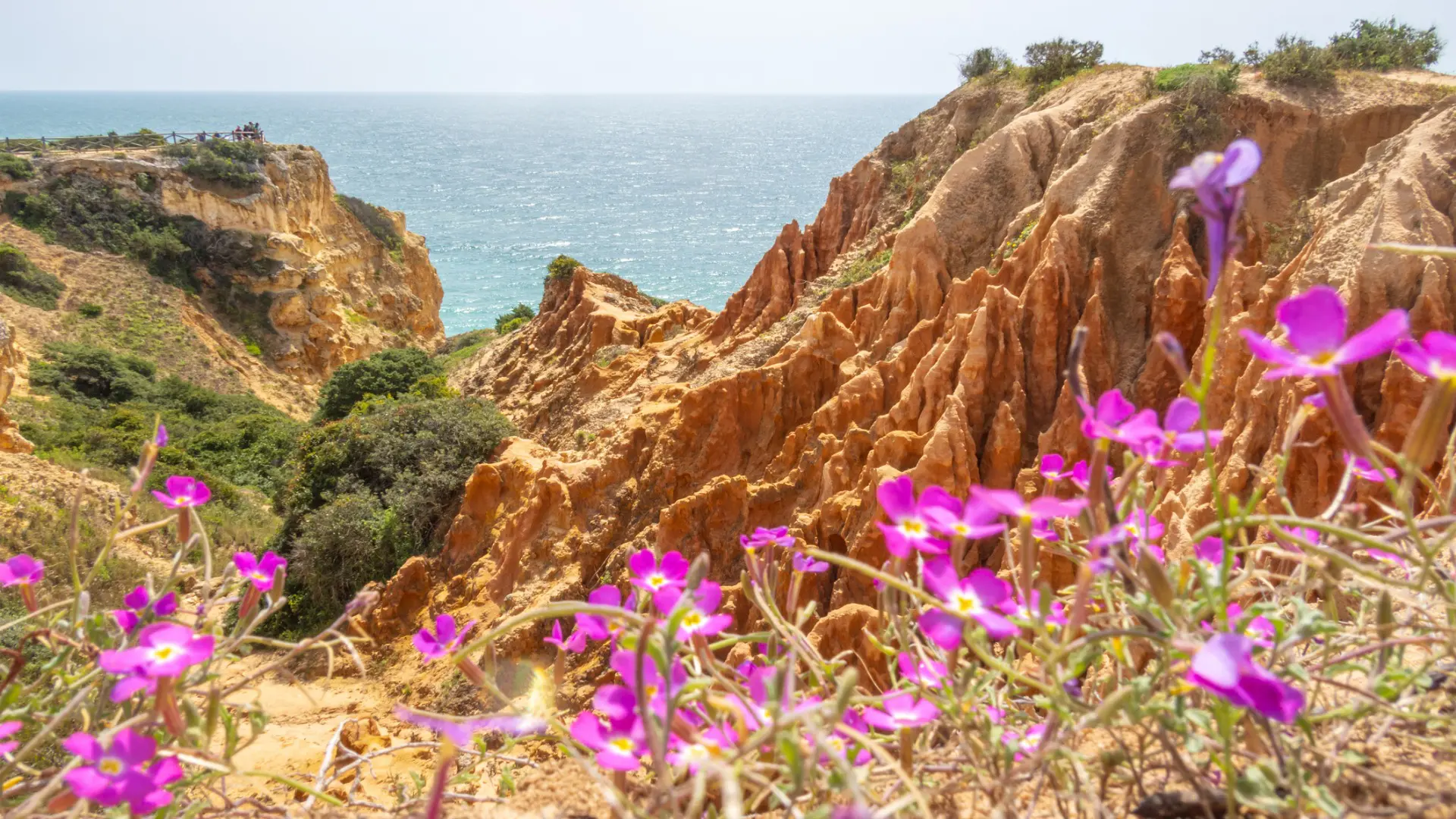
Summer in Portugal (June to August)
Portugal’s peak season is summer, and this is when you’ll encounter the highest number of tourists. Beach towns fill up with locals and foreign tourists alike, and cities like Lisbon and Porto are at their most crowded. The summer months are also the hottest time of year to visit Portugal.
Summer Weather & Climate in Portugal
Summer in Portugal is quite warm, with average highs ranging from 76° F to 85° F. However, in reality, temperatures can often reach 95° F and above in July and August. The typical low temperature during the summer is between 58° F and 63° F.
Advantages of Visiting Portugal in Summer
Days are hot during summer in Portugal, but nights often bring a welcome break from the heat. Early summer (June) might be the perfect time to visit before the weather gets out of control. June is also one of the most festive months of the year in Portugal.
Festa de São João, or Festival of Saint John the Baptist, is a major event all across Portugal. Every city and town celebrates this holiday with music, dancing, cookouts, fireworks, and more.
Best Portuguese Destinations To Visit in Summer
Some of the best destinations to visit in Portugal in the summer are the Algarve, the western coast of Portugal, and northern Portugal.
If you’re after a beach vacation, summer is a great time of year to visit Portugal. Despite the hot weather, there’s always a nice ocean breeze to keep you cool. July and August are the most crowded months of the year, so early June is an ideal time to visit the Algarve or the western coast of Portugal.
The Algarve has a fun holiday atmosphere. Some of the best places to stay include the bustling towns of Lagos and Albufeira. Along Portugal’s western coast, which is well-known for its great surfing beaches, some of the top destinations are Peniche and Nazare.
If you’re not very keen on beaches, we recommend heading to Portugal’s northern regions in the summer. It’s usually cooler in the north during the summer, sometimes significantly so.
This can be a good time to visit the city of Porto and the nearby Douro Valley wine region. If you want to get a little off the beaten path, head to the historic northern cities of Braga and Guimaraes, both about 45 minutes north of Porto.
Avoid Lisbon and the central and southern interior of Portugal at this time of year. Lisbon gets extremely crowded and much of the rest of the country is just too hot.
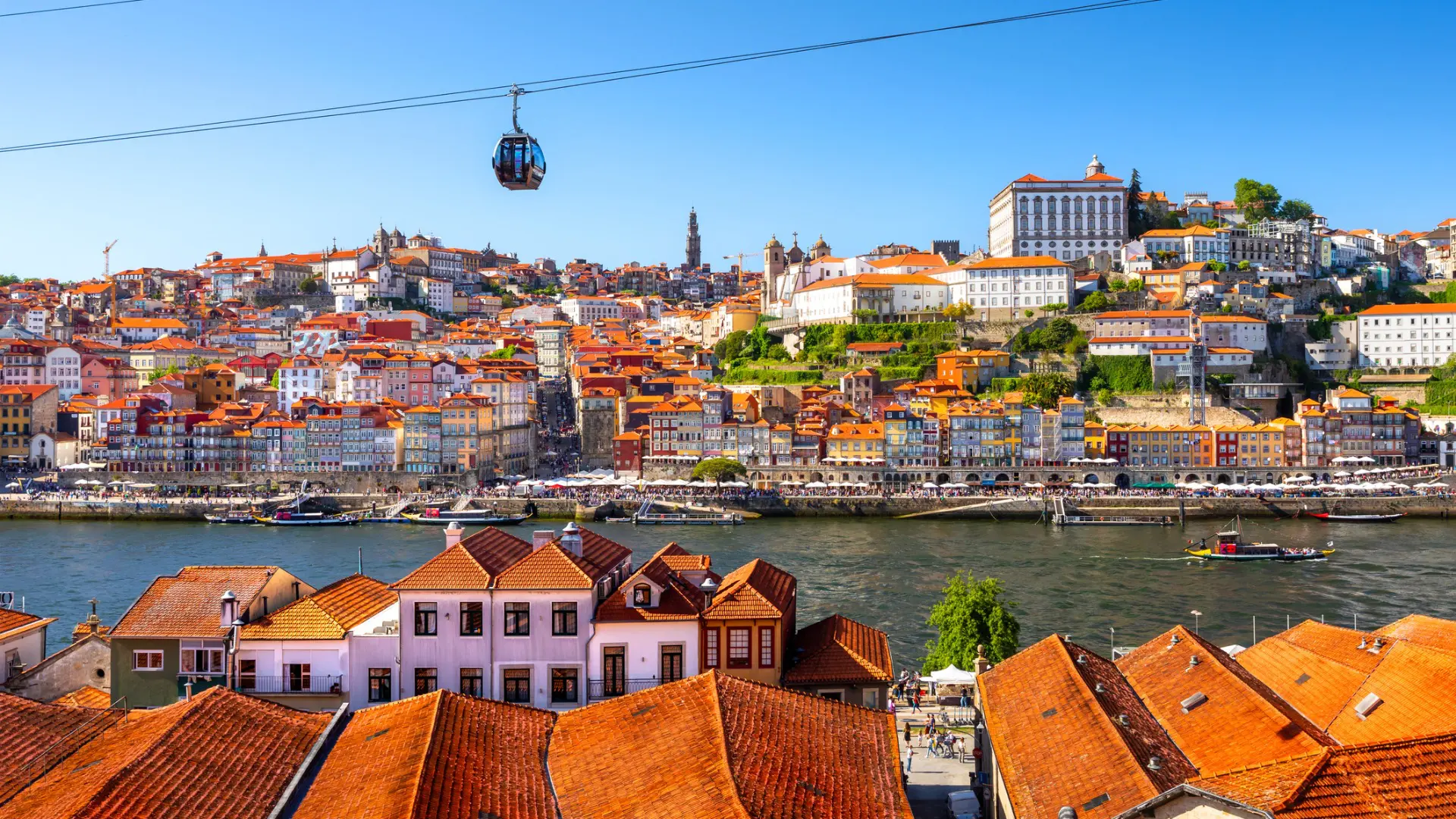
Fall in Portugal (September to November)
Fall, like spring, is another sweet spot for traveling to Portugal. September to November have the perfect combination of being not too hot and not too crowded.
Fall Weather & Climate in Portugal
Average fall highs can vary a lot depending on where you are in the country, ranging from 62°F to 80°F, while the average lows are between 48°F and 64°F. You’ll find the upper end of those fall temperatures in southern Portugal along the Algarve Coast.
September is the tail-end of the summer season in the Algarve, and it’s usually still warm enough to be at the beach. However, it starts to cool down in northern Portugal around this time.
Advantages of Visiting Portugal in Fall
As the high season in Europe continues to extend beyond the summer months, September feels more crowded than it used to, but it’s still not as bad as July and August in terms of tourist crowds. Late September and early October are great times to visit Portugal because of the lower crowds and milder weather.
Best Portuguese Destinations To Visit in Fall
Some of the best destinations to visit during this time of year include the Alentejo region, Porto, and the Douro Valley.
Alentejo is in the southern part of Portugal, and it starts to cool off in the fall. This region is the largest in the country but also the least populated.
One of the highlights of Alentejo is the city of Evora, the captivating historic capital of the region. Alentejo is also home to some great wild beaches that feel undiscovered compared to the popular Algarve Coast.
Another good destination for fall in Portugal is Porto and the Douro Valley. Portugal’s second-largest city really shines during the fall, when the weather is sunny and there’s a crisp, cool note to the air.
The second half of September is typically the grape harvest season in the Douro Valley, which is a unique time to visit if you’re interested in learning how port wine is made before indulging in a wine tasting or two.

Winter in Portugal (December to February)
Although it’s the off-season, winter can be a good time to visit Portugal if you want to avoid the crowds completely. Visiting around the holidays is also a unique experience.
Winter Weather & Climate in Portugal
Winter in Portugal is the coldest time of year. Yet, cold is a relative term when it comes to Portuguese winters. Throughout Portugal, the average high during the winter months is between 57° F and 63° F while the average low is between 43° F and 47° F.
With daytime temperatures typically hovering around the low sixties, winter is mild in Portugal, especially compared to much of Europe where winters are freezing cold and snowy.
Although snow is extremely rare in Portugal, winter is the wettest time of year with an average of five to ten days of rainfall per month, depending on where you are.
Advantages of Visiting Portugal in Winter
If you don’t mind the chillier and wetter weather, winter is an excellent time to visit Portugal. It’s one of the least crowded times of the year, which can be very enjoyable.
If you visit in December and early January, you can also experience the holiday festivities in Portugal. Although the holiday season isn’t celebrated with the same fervor you might find at the Christmas markets in Germany or Austria, most cities and towns in Portugal still decorate for the holidays and have special celebrations.
Christmas is celebrated in Portugal, but Three Kings’ Day on January 6 is also an important holiday and the cheerful spirit continues until then.
Best Portuguese Destinations To Visit in Winter
Some of the best destinations to visit in the winter are Lisbon and the Algarve. Lisbon has a lot going on year-round, while some smaller towns and villages may be quieter during the winter months. Porto isn’t as good to visit in the winter since it can rain a lot and you won’t be able to enjoy the nearby Douro Valley.
The Algarve is much calmer in the winter compared to the lively summer months, but this coastal region still attracts some vacationers seeking to escape the cold in other parts of Europe. Although you might have a few extra rainy days per month in the winter, the Algarve is still an overall sunny destination year-round.
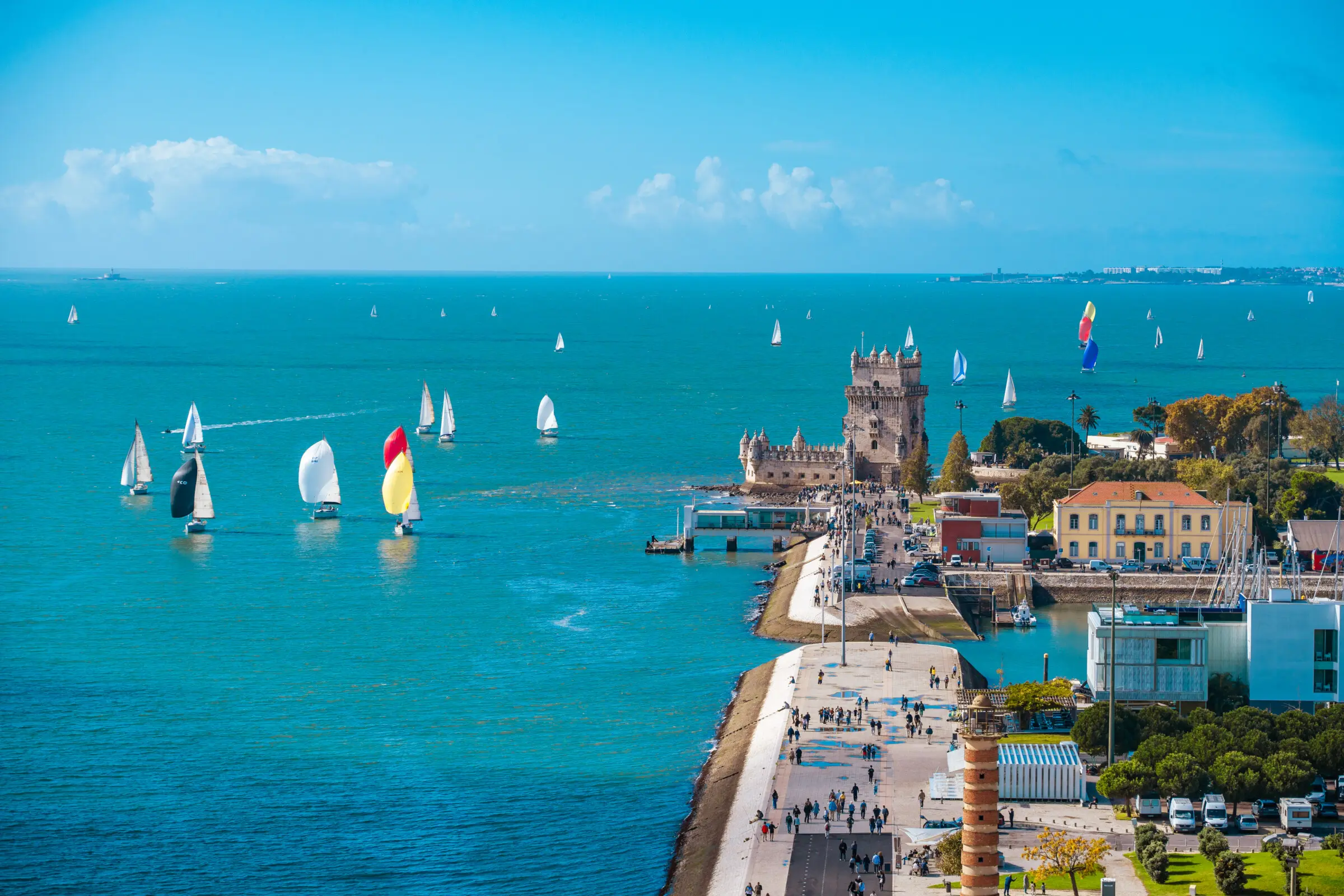
Other Things To Consider When Deciding When To Visit Portugal
We’ve shared our top choices for the best time to visit Portugal and the ideal destinations for every season, but there are a few other things to keep in mind when planning your Portugal trip. The first of those is the advantages of visiting Portugal during the low season.
As Portugal continues to grow in popularity, so do the crowd levels. While major cities like Lisbon and Porto haven’t quite reached the levels of Paris or Rome, they are certainly getting more crowded each year. The same goes for popular beach destinations in Portugal.
Visiting during the summer means you’ll have to contend with higher crowds and more extreme weather. With temperatures soaring past 100° F in July and August, exploring Portugal can get quite uncomfortable or even unpleasant.
Choosing spring or fall for your trip alleviates these issues and offers a much more enjoyable experience.
It’s also important to remember that the best time to visit Portugal can vary by region. For example, early spring and late fall are great times to visit Lisbon, but if you wanted to visit the Algarve or the western coast of Portugal, it would be too cold for beaches.
Summer is a great time to explore Portugal’s beautiful beaches if you want hot, sunny weather with a strong ocean breeze, but it can be too hot to visit the inland areas of the country.
These are important factors to keep in mind when deciding when to visit Portugal.
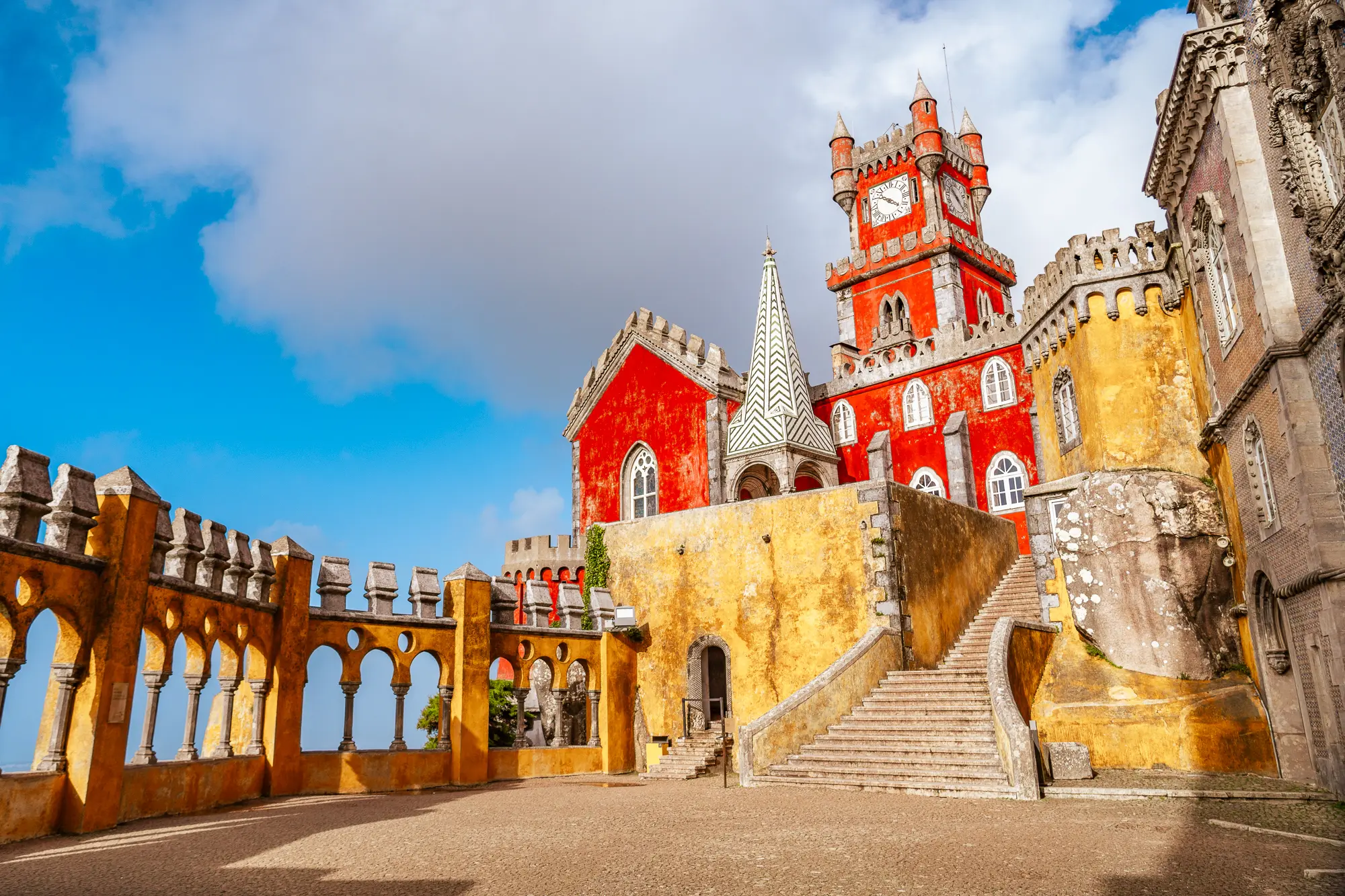
Choose The Best Time To Visit Portugal & Let JayWay Handle All The Rest
The best time to visit Portugal may vary, depending on your travel style and the kind of vacation you have in mind. Yet, one thing that never changes is that JayWay Travel is your ticket to an impeccable European experience to cherish and remember for life.
Whether you’re looking for an itinerary that showcases the best of Portugal or one that combines the charms of Portugal and the highlights of Spain, our travel experts will make sure you have an unforgettable time in continental Europe’s westernmost country.

Born and raised in Athens, Maria’s passionate about travel and storytelling, a combination that makes her ideal for her role as our content manager.
Interested in Fall options best 7 days in Portugal. Where who and how
Hi Elton, please fill in the short form here: https://jaywaytravel.com/portugal and one of our Portugal experts will get in touch with you.